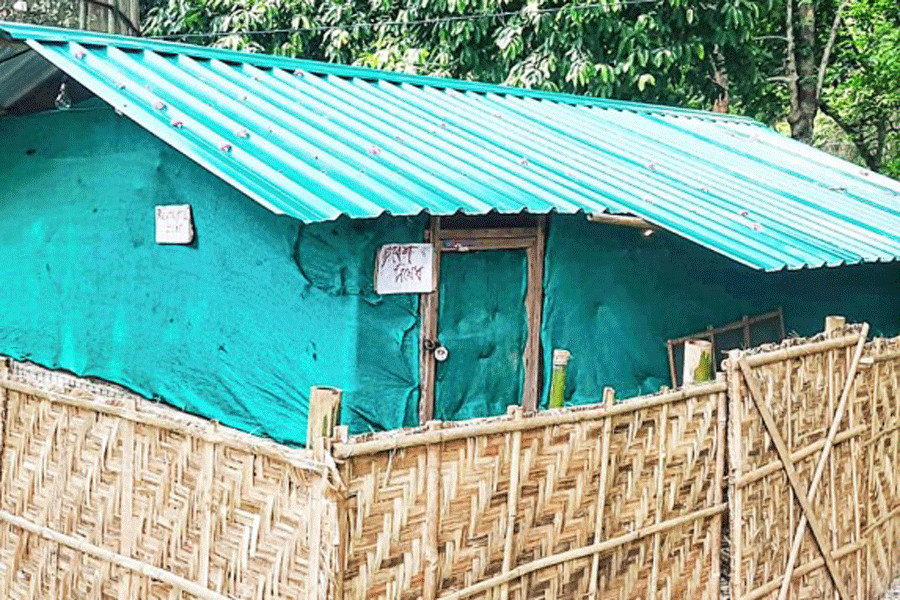Foresters at the Rasikbil mini zoo located in Cooch Behar district are continuing with the artificial breeding of the gharial — fish-eating crocodiles — this year as well after last year’s success.
The gharial, also known as Gavialis gangeticus, is a critically endangered reptile according to the red data book of the International Union for Conservation of Nature (IUCN).
Bijan Kumar Nath, the additional divisional forest officer of Cooch Behar forest division, said there were 11 gharials (four female and seven male) at Rasikbil.
In the past, the female gharials laid eggs but owing to weather conditions, they couldn’t get hatchlings from the eggs and their population could not go up.
“As the species was declared critically endangered by IUCN back in 2007, we started exploring options as to how the hatchlings can be successfully bred from the eggs. Last year, we consulted with experts based in Nandankanan of Odisha and started artificial breeding, the efforts of which ended in success,” said Nath.
Last year, the department collected 66 eggs from the water body where thegharials had laid them. The eggs were then put in a temperature-controlled environment for three months.
“It usually takes three months to get a hatchling. We could get 39 hatchlings (from 66 eggs) and those have been kept in a separate enclosure. After five years, those would be released into the wild,” the forester said.
According to reptile experts, gharials usually live 30 to 50 years but can live up to 60 years in the wild.
This year, foresters have managed to accumulate 80 eggs.
“Those have been kept at a nursery where the temperature and relative humidity are controlled. The nursery is being monitored through CCTV cameras round the clock and two employees have been engaged to take care of the facility,” Nath added.
The eggs, he said, were collected in April. Hatchlings are expected in July.
In Bengal, this is the first such centre where artificial breeding of gharials is done.
Located across 20.17 hectares, Rasikbil draws tourists and locals of Cooch Behar. Gharials apart, the facility in Tufanganj-II block has leopards and peacocks, among other species.
“We appreciate our staff and officers who have succeeded in artificial breeding of gharials. Their efforts will be fully successful when we release the artificially-bred reptiles into the wild,” said a senior forester.











